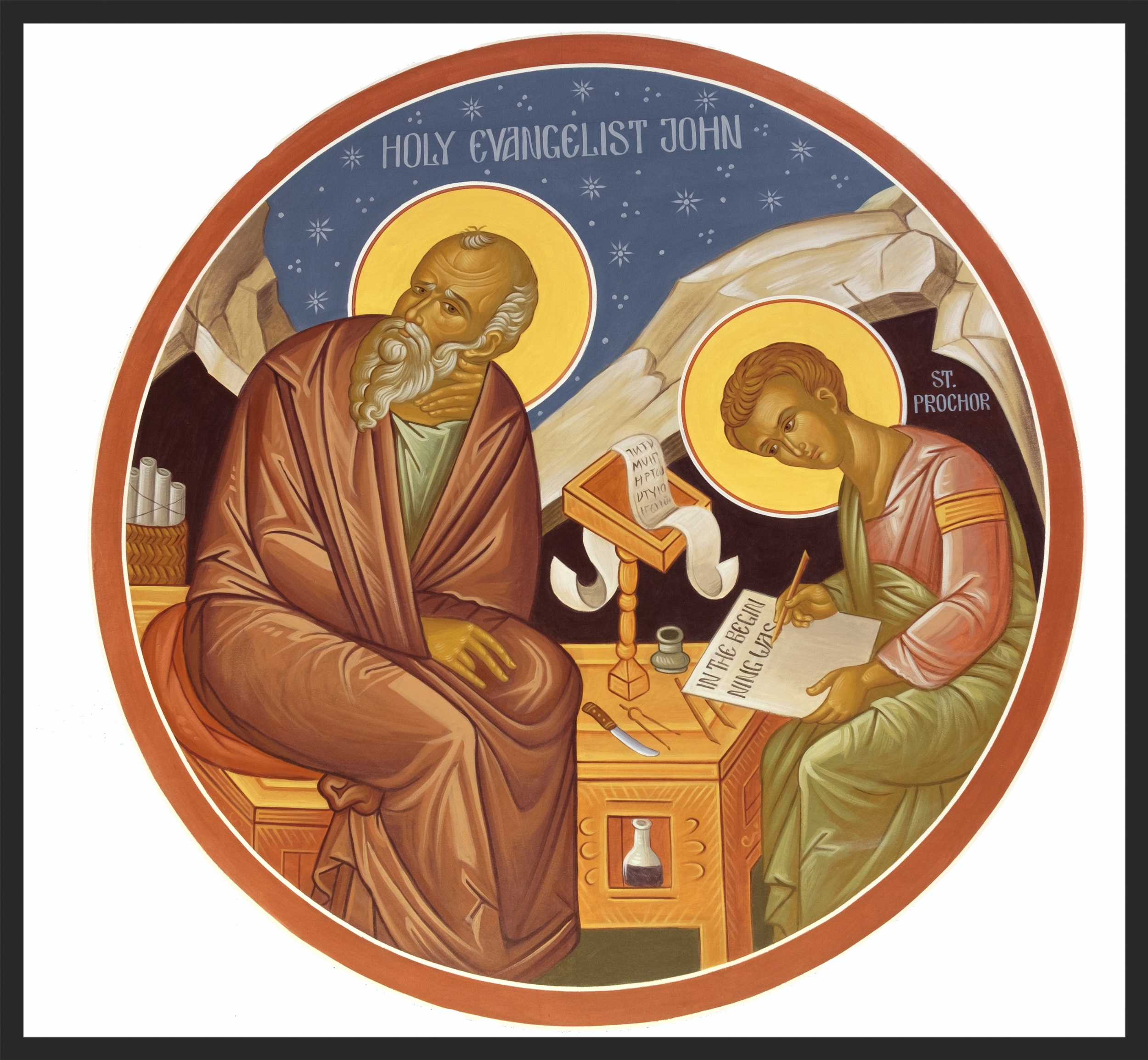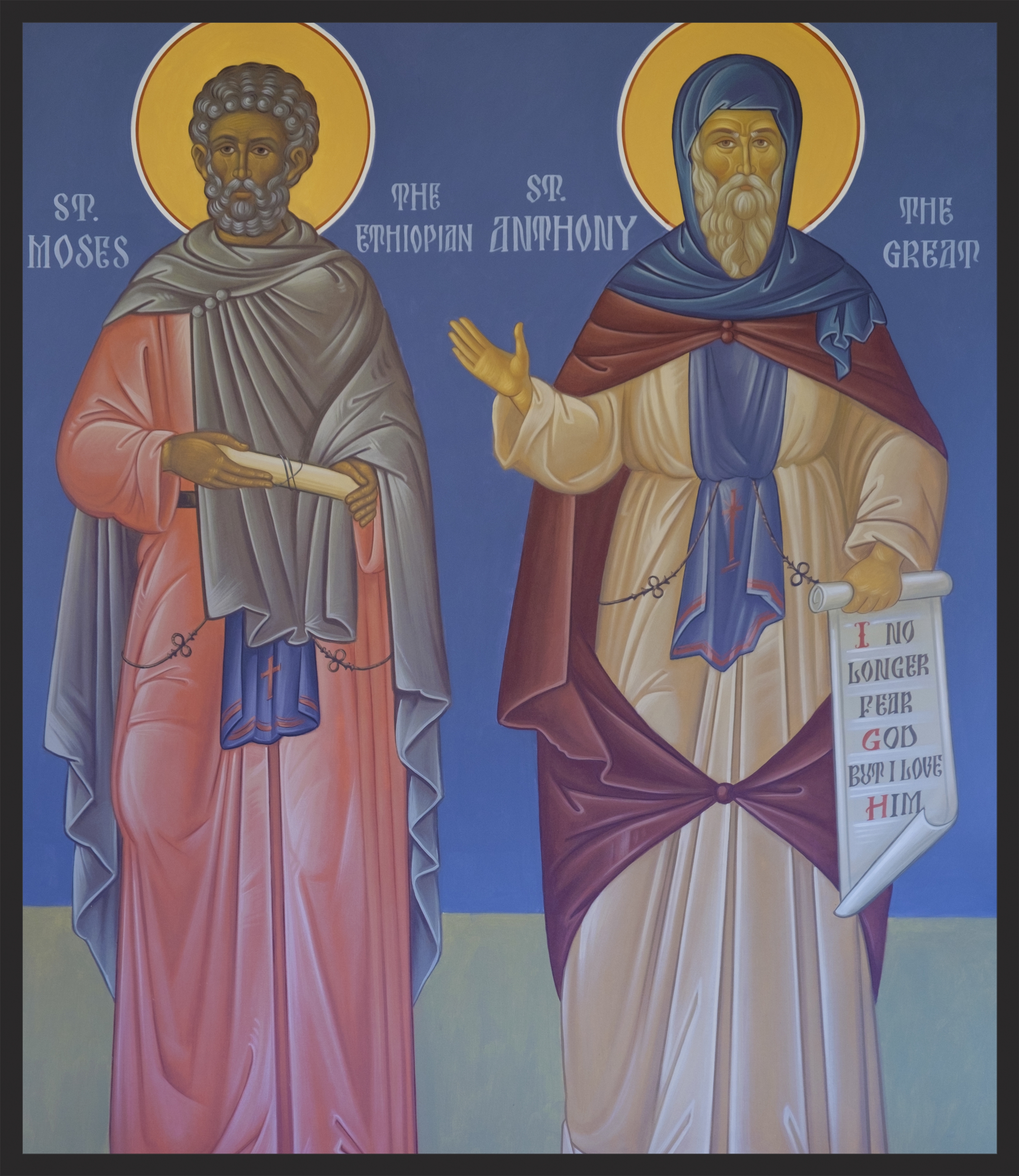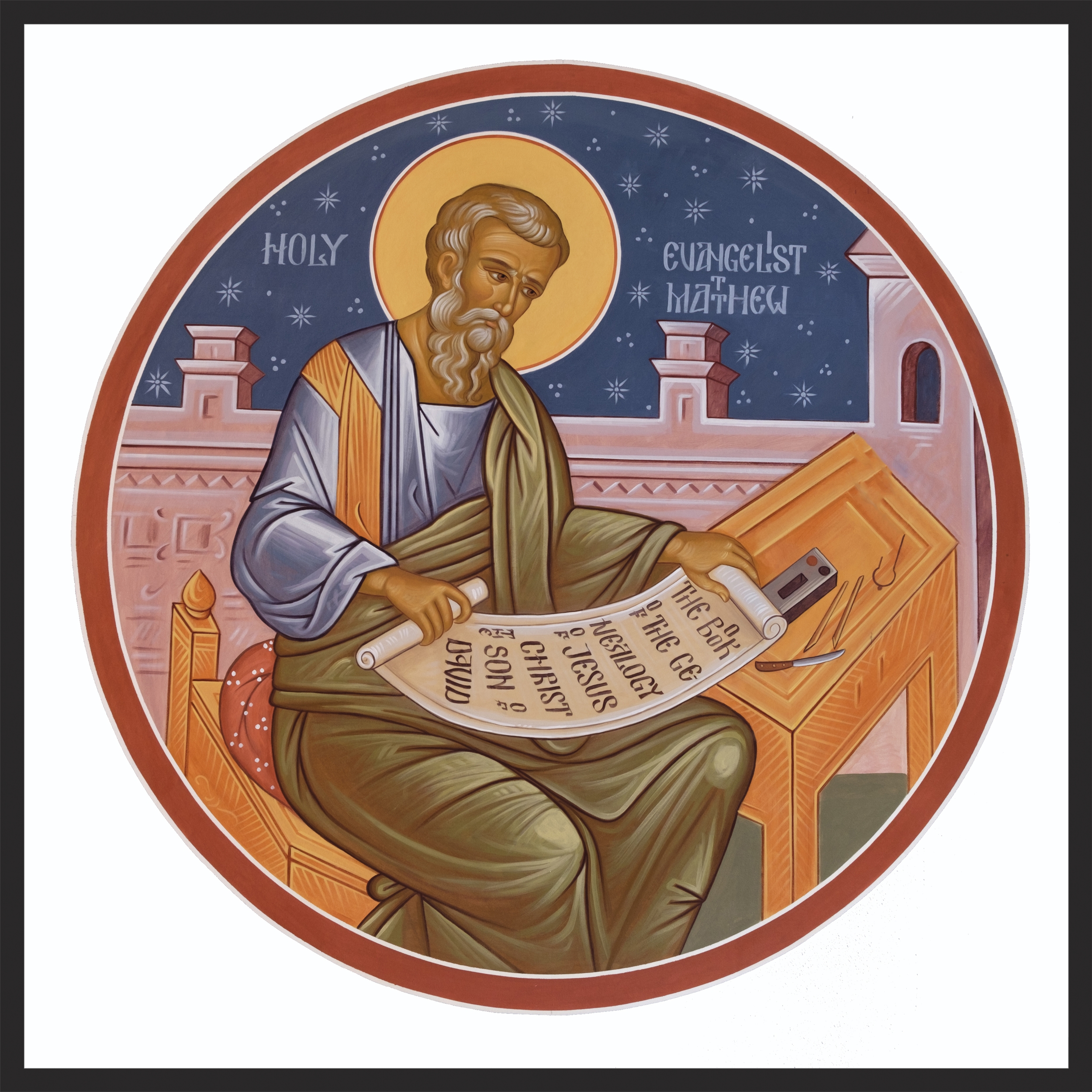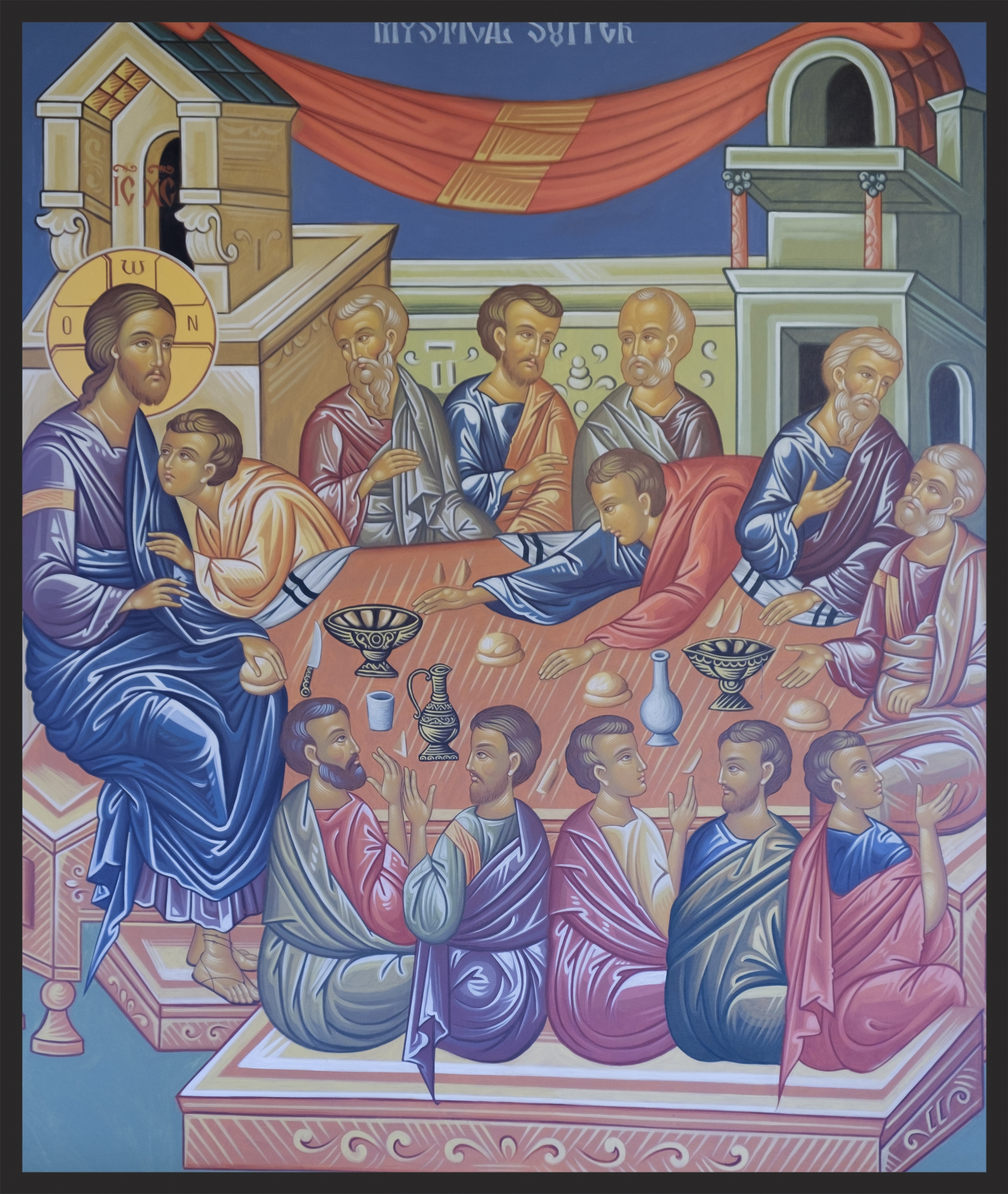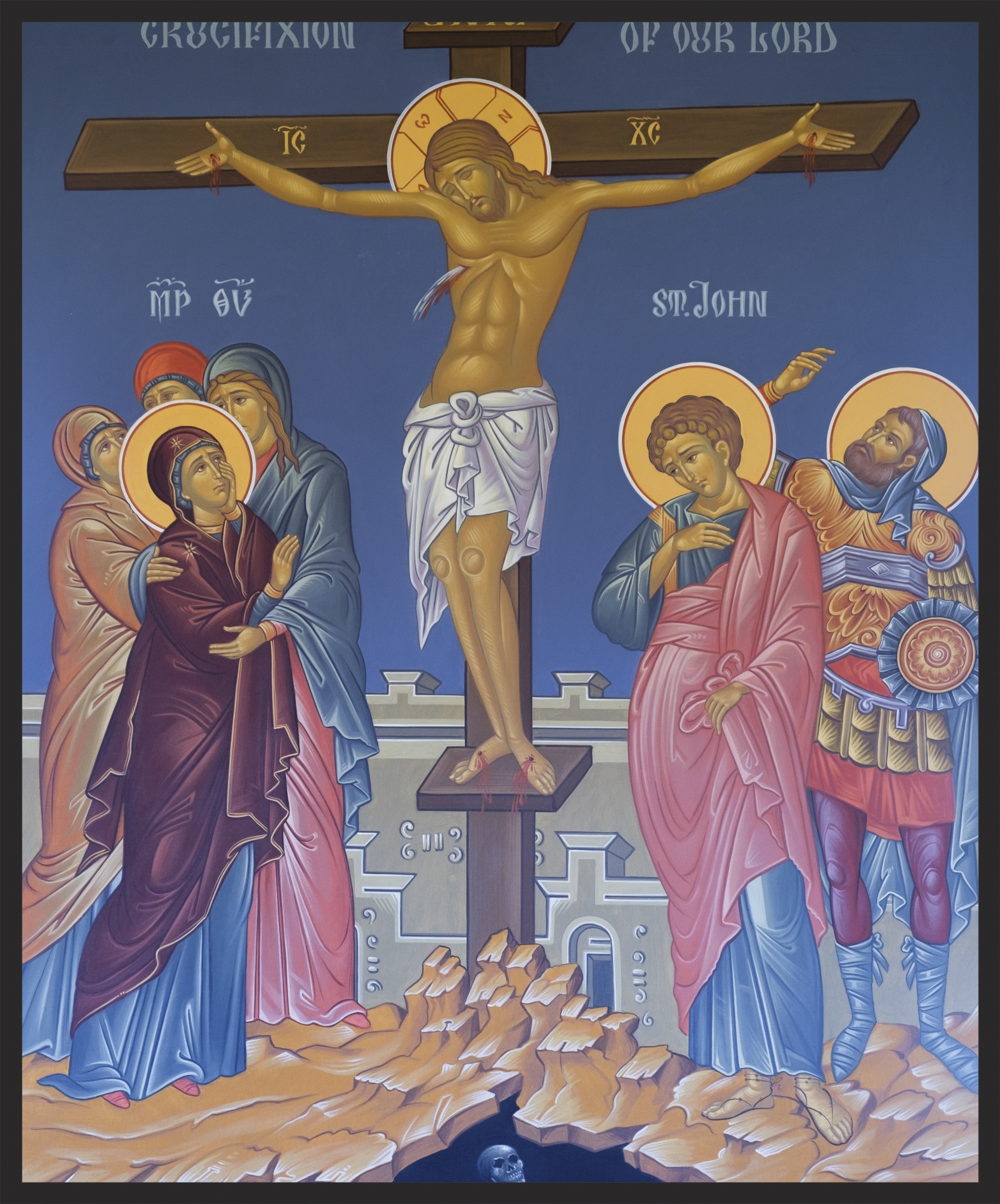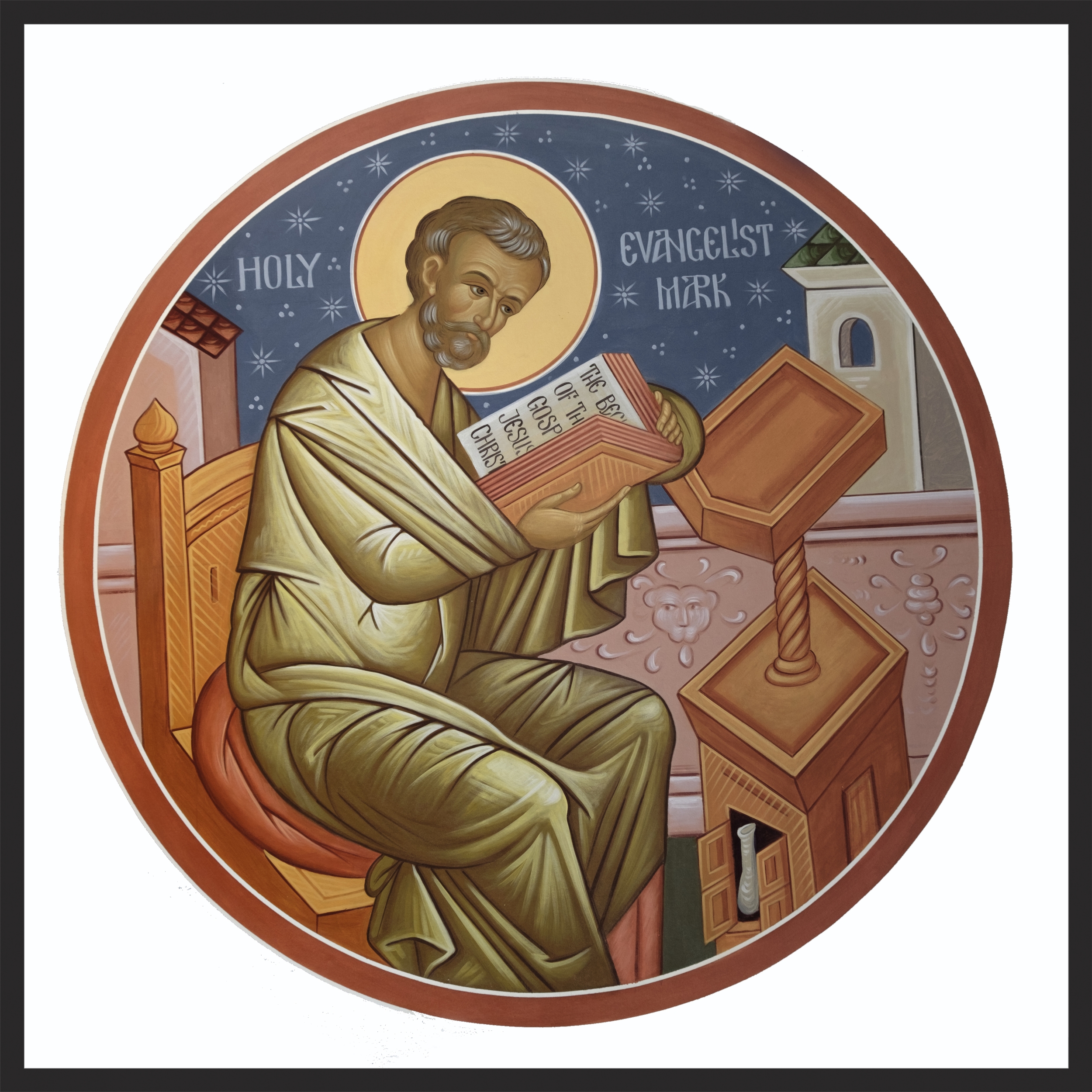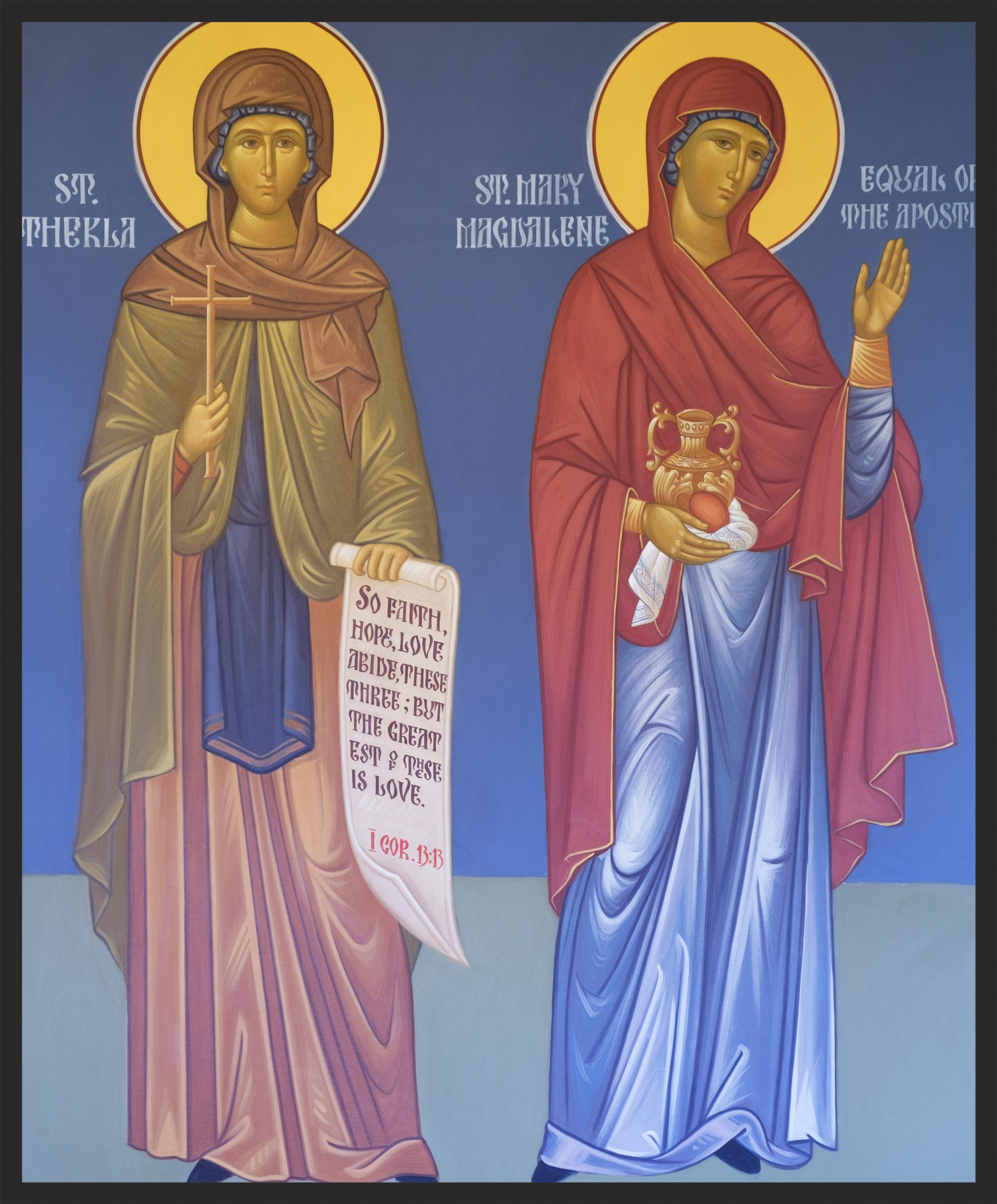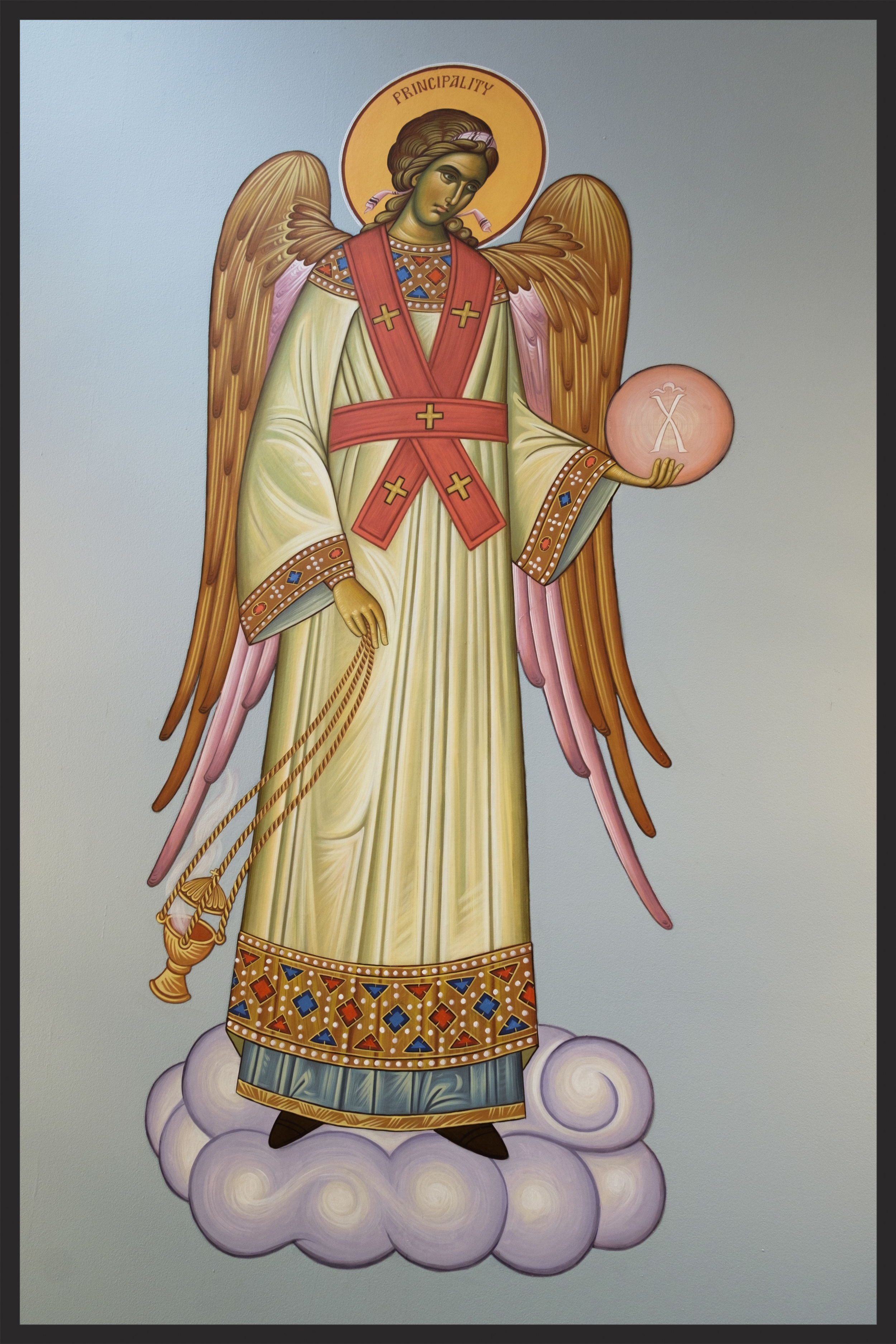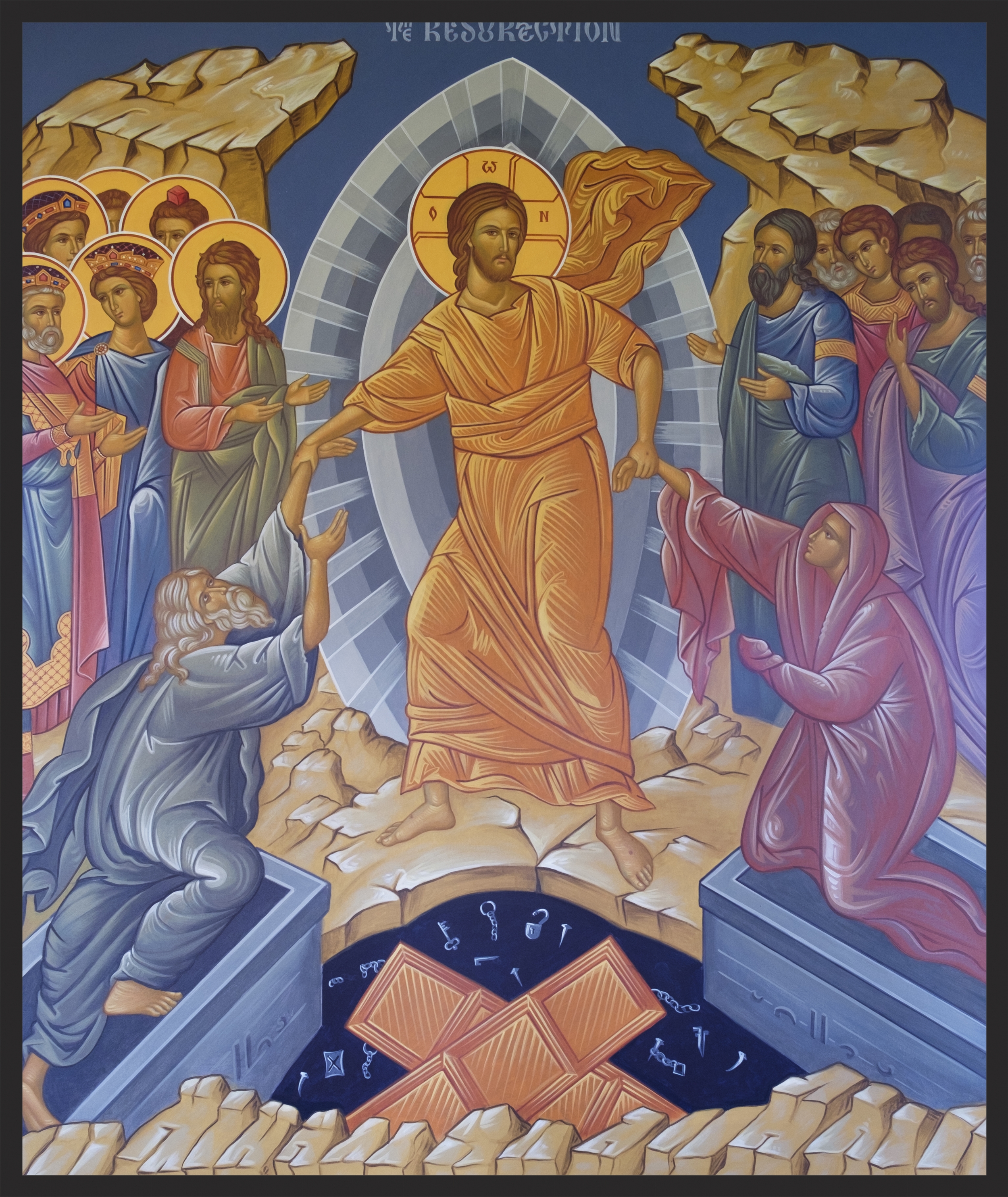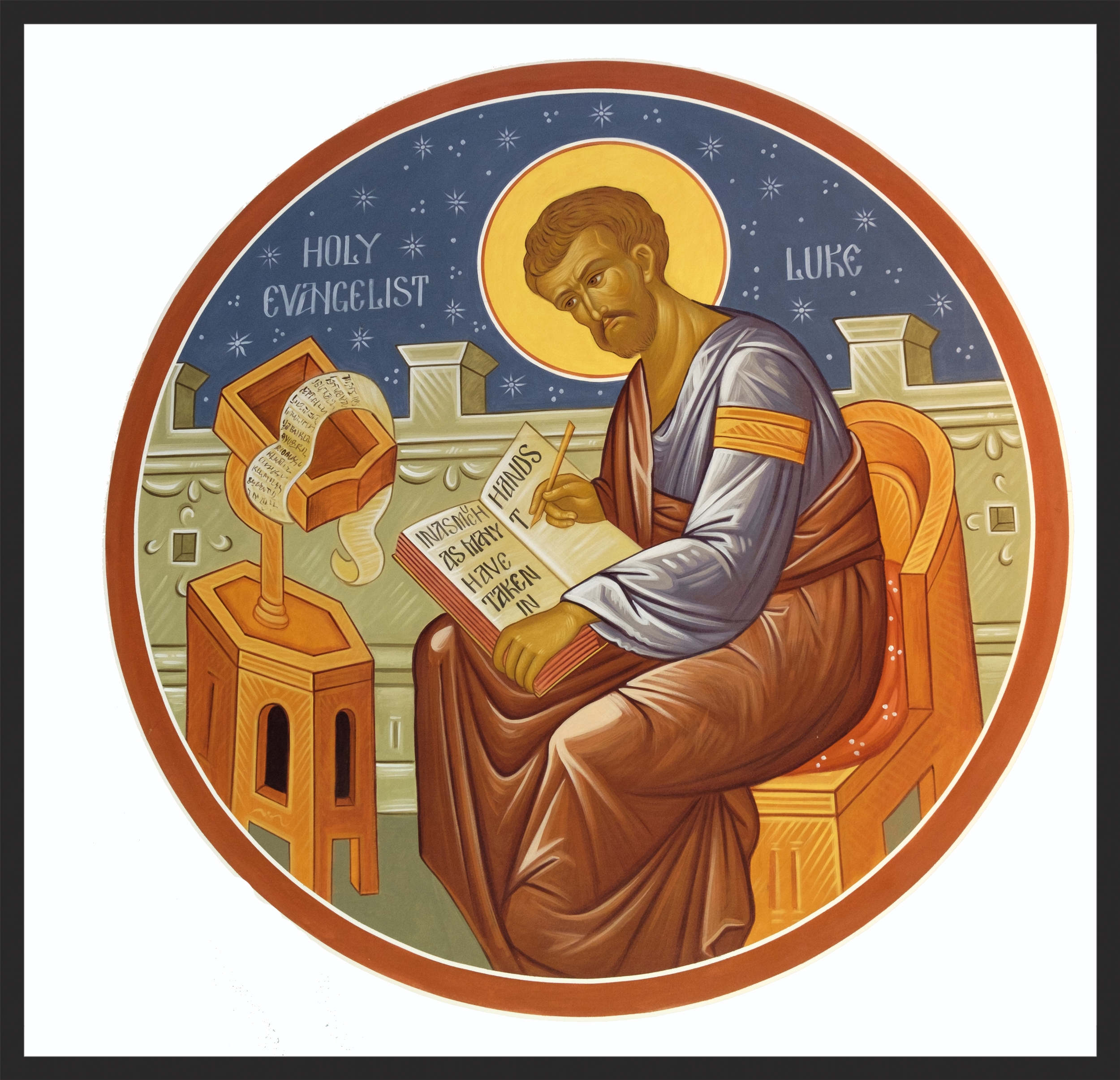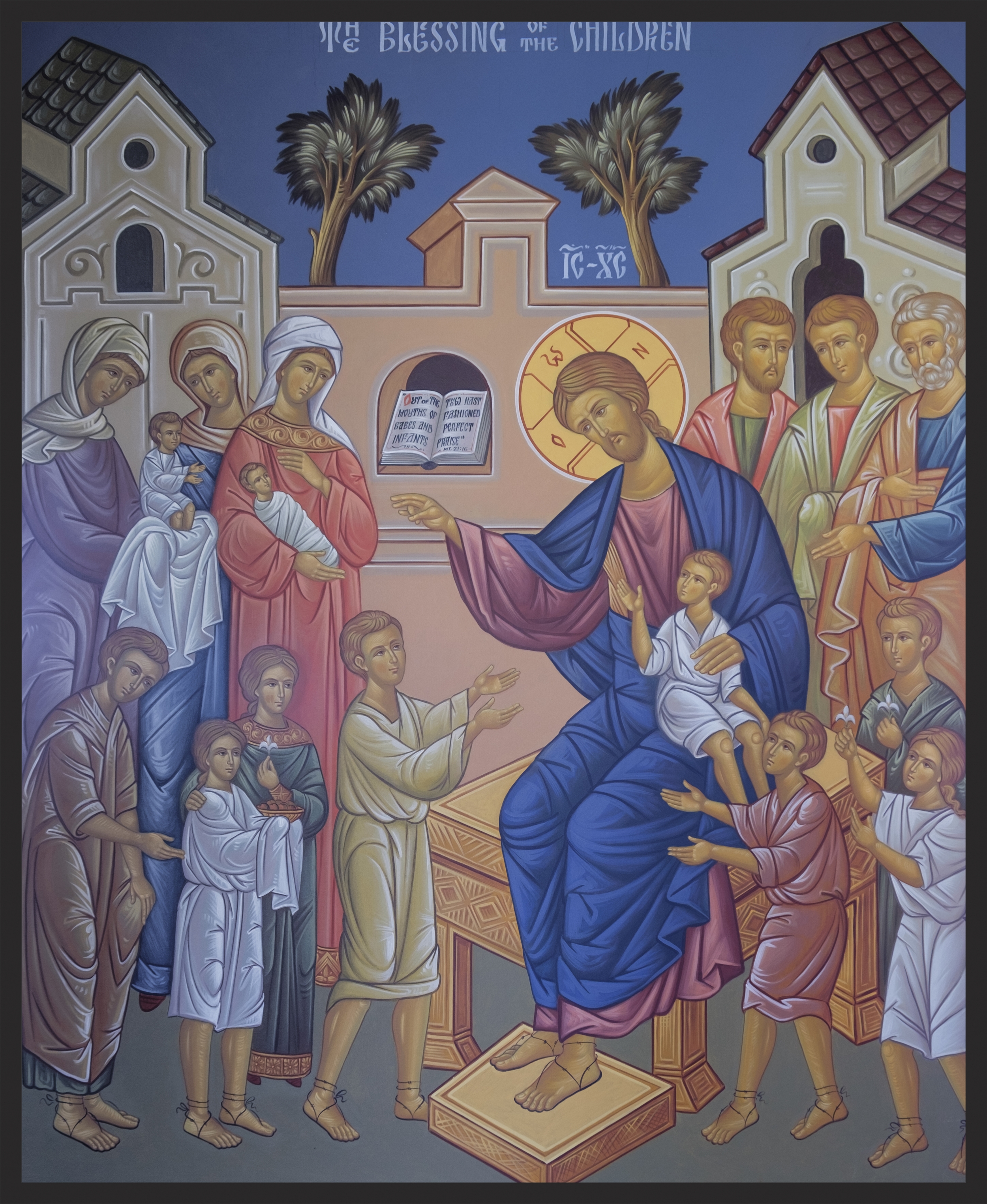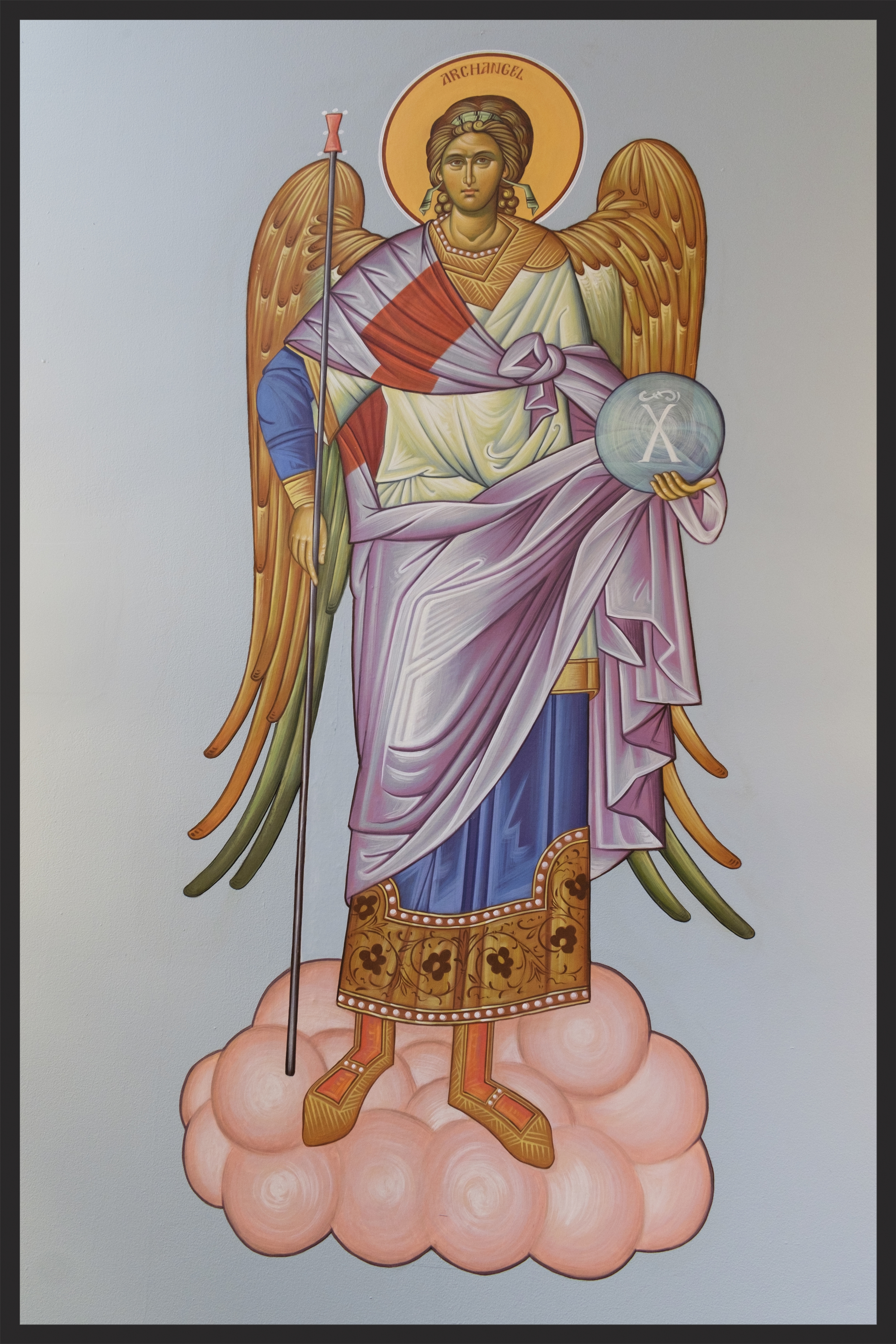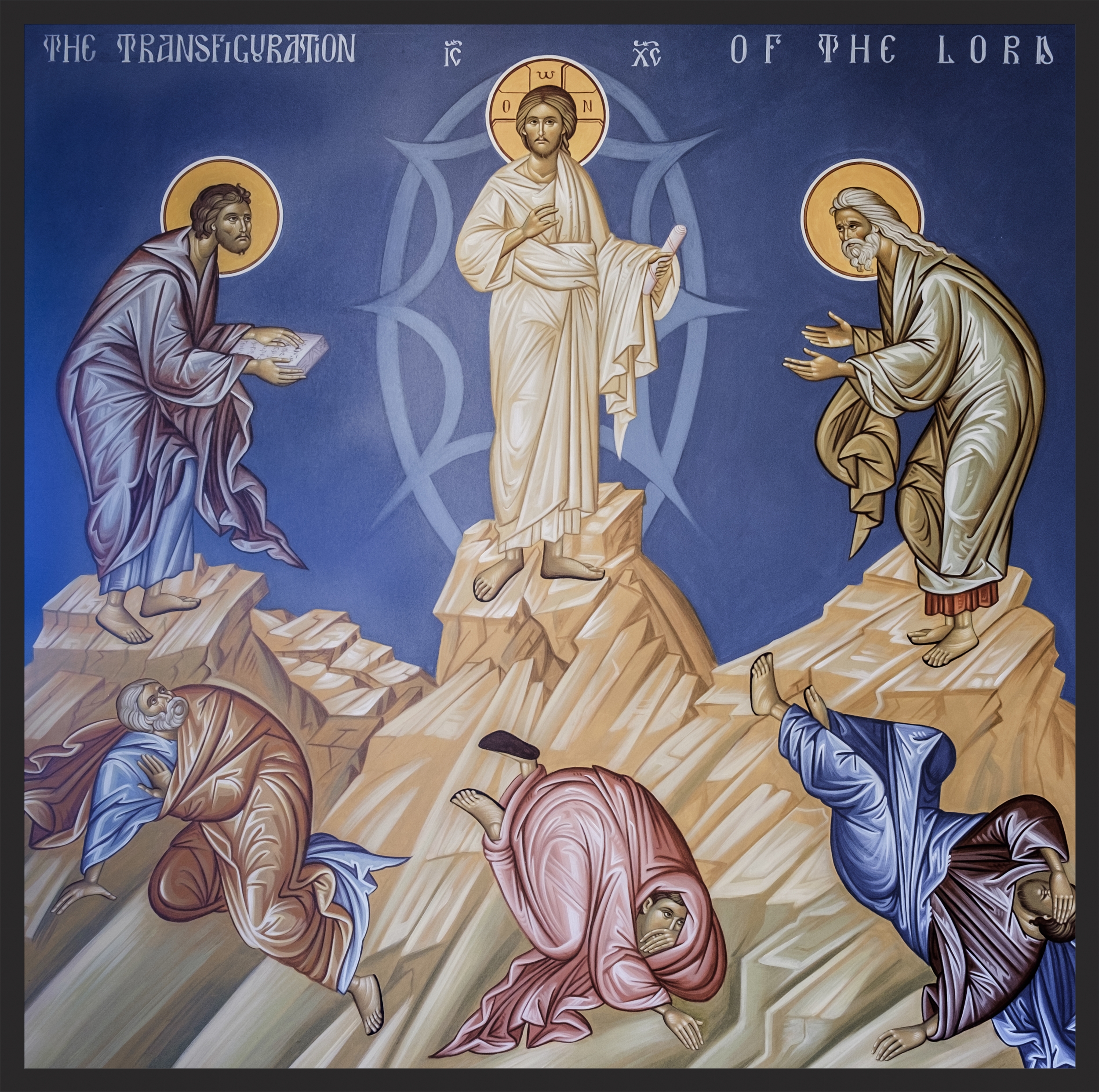Dedicated 2007
The ICONOGRAPHER
Niculai Enachi - Toronto Canada
St. Demetrius Orthodox Church is adorned with Byzantine Frescos from floor to ceiling. They were painted by the world renowned iconographer, Niculai Enachi, using an ancient technique dating back 1800 years. The Orthodox tradition of Iconography brings the Bible to life, showing the whole theology of Christ in painting.
THE GALLERY
The History of Byzantine iconography
Byzantine Iconography – is the oldest and only Christian art form survived unchanged for the past 2000 years.
The term 'icon' - icona, ikona, икона (Russian) comes from the Greek word eikona (εἰκών, eikōn, ) which simply means image. The Eastern Orthodox believe that the first icons of Christ and the Virgin Mary were painted by St. Luke the Evangelist.
Byzantine icons i.e. : Russian icons, Greek icons, Serbian icons etc. - are filled with symbolism designed to convey information about the person or event depicted. For this reason, icons tend to be formulaic, following a prescribed methodology for how a particular person should be depicted, including hair style, body position, clothing, and background details.
Icon painting, in general, is not an opportunity for artistic expression, though each iconographer brings a vision to the piece. It is far more common for an icon to be copied from an older model, though with the recognition of a new saint in the church, a new icon must be created and approved. Today icons are used particularly among Eastern Orthodox, Oriental Orthodox, Coptic and Byzantine Catholic Churches.
The Eastern Orthodox teaching regarding veneration of icons is that the praise and veneration shown to the icon passes over to the archetype (Basil of Caesarea, On the Holy Spirit 18:45: "The honor paid to the image passes to the prototype"). Thus to kiss an icon of Christ, in the Eastern Orthodox view, is to show love towards Christ Jesus himself, not mere wood and paint making up the physical substance of the icon.
In Orthodox and Eastern rite (Byzantine) Catholic churches, the nave is typically separated from the sanctuary by an iconostasis (Russian: ikonostas) also called the templon - a wall of icons and religious paintings. Iconostasis also refers to a portable icon stand that can be placed anywhere within a church.
Many Orthodox and Eastern Catholic religious homes have icons hanging on the wall or in an Icon corner.

